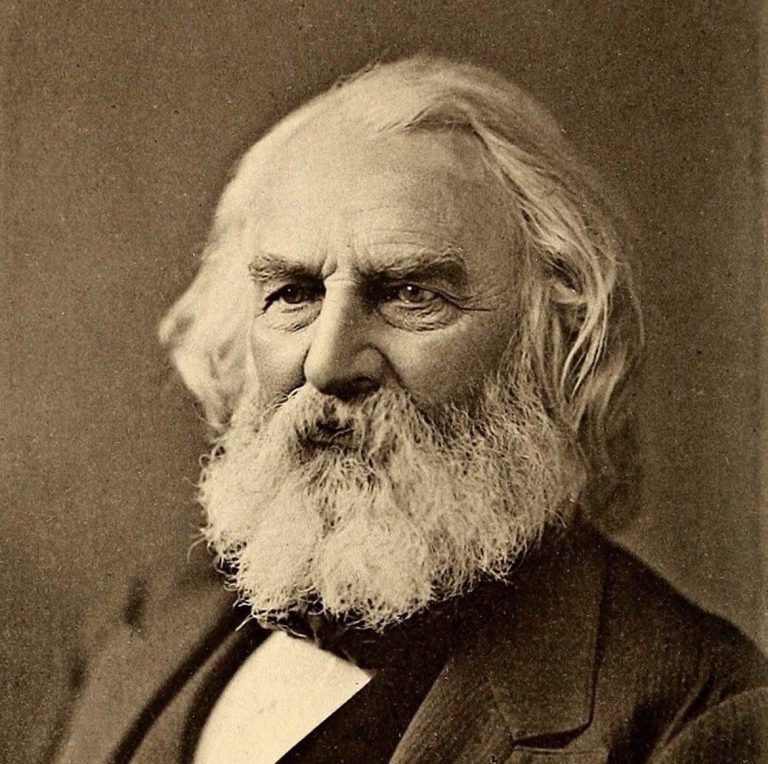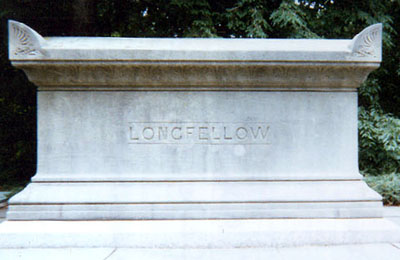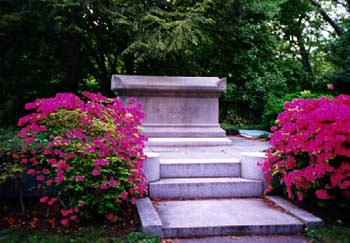Hymn History: I Heard the Bells on Christmas Day & Author: Henry Wadsworth Longfellow
“He was the most popular poet of his day, widely read at home and abroad …”
(Kristine Frederickson)
The Origin of the Hymn “I Heard the Bells on Christmas Day”
Few Christmas carols carry the emotional depth and historical weight of “I Heard the Bells on Christmas Day.” Born out of sorrow and shaped by the tragedy of war, this hymn captures both the anguish and enduring hope of the human heart. Written by Henry Wadsworth Longfellow in 1863, during the darkest days of the American Civil War, it remains one of the most poignant expressions of faith amid despair ever set to music.
Henry Wadsworth Longfellow: A Poet in Pain
Henry Wadsworth Longfellow (1807–1882) was among America’s most celebrated poets, known for his works Evangeline, The Song of Hiawatha, and Paul Revere’s Ride. By the early 1860s, he was a household name. Yet behind his literary fame lay a personal life marked by profound grief.
In 1861, tragedy struck when Longfellow’s beloved wife, Fanny, died in a horrific accident at their home in Cambridge, Massachusetts. She had been sealing envelopes with hot wax when her dress caught fire. Despite Longfellow’s desperate efforts to save her—he himself was badly burned—she died the next morning. The grief was crushing. For months he could not bring himself to write. In his diary that Christmas, he recorded simply, “How inexpressibly sad are all holidays.”
The nation itself was also in turmoil. The Civil War had begun that same year, and by 1863, its horrors had touched nearly every home. Longfellow’s oldest son, Charles Appleton Longfellow, joined the Union army against his father’s wishes and was severely wounded in battle in November 1863. When the poet received word that his son had been shot, his heart broke anew.
Amid this sorrow—personal loss and national despair—Longfellow struggled to reconcile the message of Christmas peace with the reality around him.
The Poem: “Christmas Bells”
On Christmas Day, 1863, Henry Wadsworth Longfellow sat down and poured his feelings into a poem he titled “Christmas Bells.” The words were not written as a song but as a poem of reflection and lament.
The opening stanzas describe the familiar, comforting sounds of church bells ringing on Christmas morning:
“I heard the bells on Christmas Day,
Their old, familiar carols play,
And wild and sweet the words repeat
Of peace on earth, good-will to men!”
But as the poem progresses, the tone darkens. Longfellow’s despair over the war and his personal pain weigh heavily:
“And in despair I bowed my head;
‘There is no peace on earth,’ I said;
‘For hate is strong and mocks the song
Of peace on earth, good-will to men.’”
Here, the poet’s voice echoes that of countless believers through the ages who have wrestled with the contrast between divine promise and human suffering. The cry is honest, unflinching, and deeply human.
Yet the final stanza resolves that tension with renewed faith and hope:
“Then pealed the bells more loud and deep:
‘God is not dead, nor doth He sleep;
The Wrong shall fail, the Right prevail,
With peace on earth, good-will to men.’”
This powerful conclusion transforms the poem from lament to proclamation. Despite the chaos of war and the pain of personal loss, Longfellow affirms that God’s truth endures—that righteousness and peace will ultimately triumph.
From Poem to Hymn
The transformation of “Christmas Bells” into the hymn “I Heard the Bells on Christmas Day” came several years later. The poem first appeared publicly in 1865, after the Civil War had ended. Its words resonated deeply with a nation grieving its fallen soldiers and yearning for peace.
In 1872, the English organist John Baptiste Calkin set the poem to music, using a melody he had previously composed titled “Waltham.” This tune, with its stately and reflective tone, fit Longfellow’s text beautifully. The combination of Calkin’s music and Longfellow’s words created one of the most moving Christmas hymns ever written.
Some modern arrangements omit the stanzas that refer directly to the Civil War, such as:
“Then from each black, accursed mouth
The cannon thundered in the South,
And with the sound the carols drowned
Of peace on earth, good-will to men.”
Yet those verses are key to understanding the hymn’s origin. They remind listeners that Longfellow’s hope was not born in comfort but in conflict—that his faith was forged in the fire of sorrow and national division.
Meaning and Enduring Message
The lasting power of “I Heard the Bells on Christmas Day” lies in its timeless message: that even in the darkest hours, the promise of God’s peace still rings true. Longfellow does not deny the presence of evil or the reality of despair. Instead, he bears witness to faith that endures despite them.
During the world wars of the twentieth century, the hymn gained renewed popularity as soldiers and families clung to its words of hope. In modern times, it continues to be sung by choirs and congregations around the world, a reminder that the Christmas message transcends conflict, sorrow, and time.
Longfellow, through his own tears, gave voice to the universal longing for peace. His words remind believers that God’s sovereignty and goodness persist even when the world seems lost to chaos. The ringing of the bells—once a literal sound in his Cambridge neighborhood—became a symbol of unshaken faith.
Conclusion
“I Heard the Bells on Christmas Day” is more than a carol; it is a testimony of faith in the face of pain. Out of war, grief, and despair, Henry Wadsworth Longfellow penned a poem that has inspired generations to look beyond their sorrow and trust that, in God’s time, “the Wrong shall fail, the Right prevail.”
Each Christmas, as those familiar bells ring out once more, they echo the same timeless truth:
“God is not dead, nor doth He sleep;
The Wrong shall fail, the Right prevail,
With peace on earth, good-will to men.”
Related
Sorry, no records were found. Please adjust your search criteria and try again.
Sorry, unable to load the Maps API.


